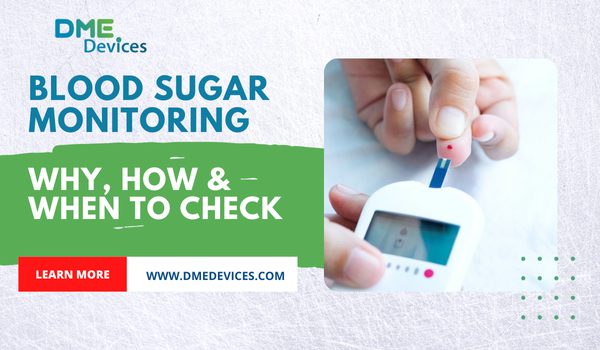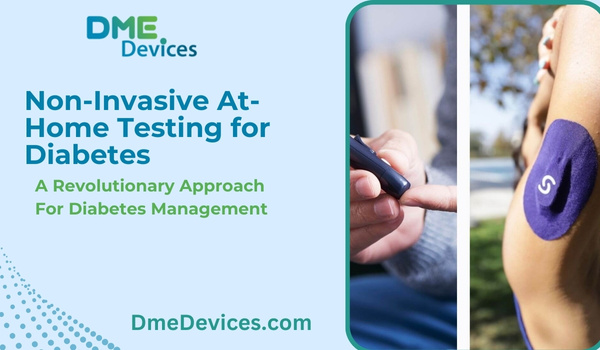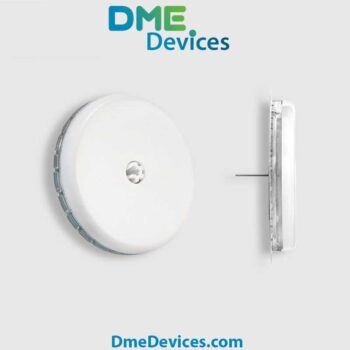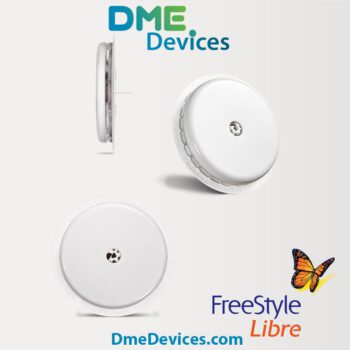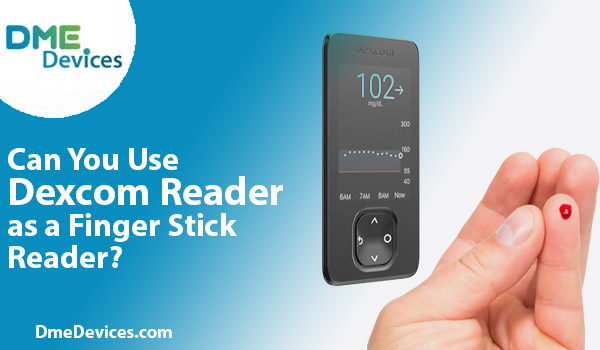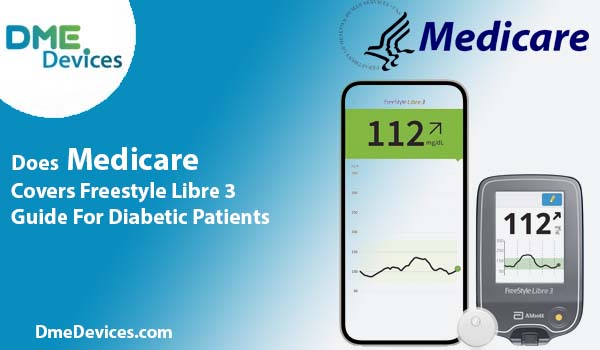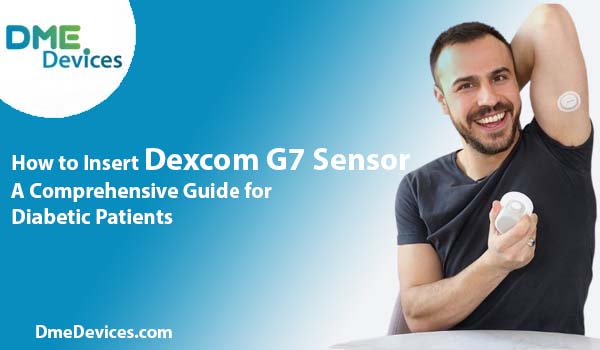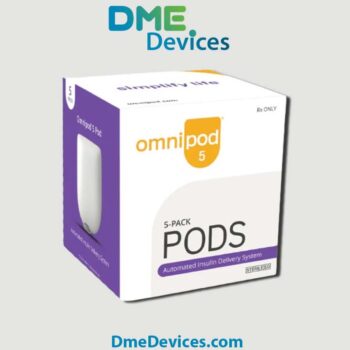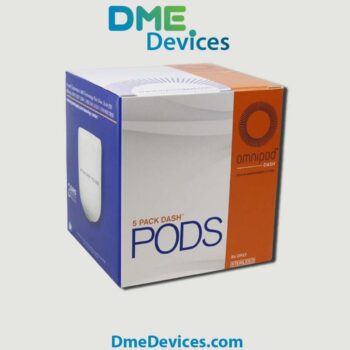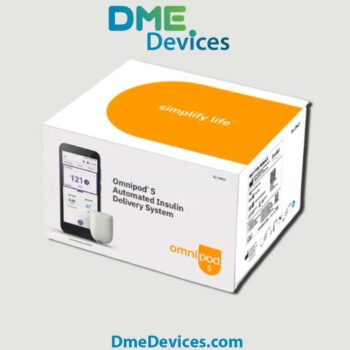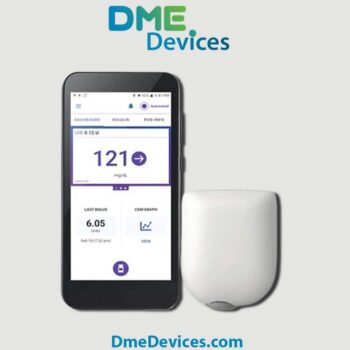Introduction
Effective glucose monitoring is a cornerstone of successful diabetes management, and the Dexcom G7 Continuous Glucose Monitoring (CGM) system represents a groundbreaking advancement in this area. Dexcom G7 not only provides real-time glucose data but also offers valuable insights into trends and patterns, empowering individuals to make informed decisions about your health.
In this article, we'll dive into the intricate details of inserting the Dexcom G7 sensor, ensuring a smooth and successful experience. Moreover, we'll explore the broader implications of this technology, shedding light on how it can help in diabetes management and improve overall quality of life.
Understanding Continuous Glucose Monitoring (CGM)
Before we dive into the specifics of the Dexcom G7 system, it's important to understand the fundamental concept of continuous glucose monitoring. Unlike traditional finger-prick blood glucose meters, CGM systems employ a tiny sensor that is inserted just beneath the skin. This sensor continuously measures the glucose levels in the interstitial fluid, providing real-time data on your body's glucose levels.
The advantages of CGM systems are manifold. They eliminate the need for frequent finger pricks, which can be painful and inconvenient. Additionally, they provide a comprehensive picture of glucose trends, enabling individuals to recognize patterns and make informed decisions about their treatment plans. This proactive approach can help prevent dangerous blood sugar fluctuations, reducing the risk of complications associated with diabetes.
The Dexcom G7: CGM Device for Diabetes Management
The Dexcom G7 is the latest variant of the company's innovative CGM technology, and it promises to help the individuals with diabetes and effectively manage their condition. This innovative system boasts several features that set it apart from its predecessors.
Longer Sensor Life
One of the most significant improvements in the Dexcom G7 is its extended sensor life. While previous models required sensor replacements every 7-10 days, the G7 sensor can remain in place for up to 10 days, minimizing the need for frequent sensor changes. This not only enhances convenience but also reduces waste and the associated environmental impact.
Enhanced Accuracy and Reliability
The Dexcom G7 employs advanced algorithms and sensors to provide unparalleled accuracy in glucose monitoring. According to clinical studies, the G7 system demonstrates a remarkable Mean Absolute Relative Difference (MARD) of less than 8.5%, ensuring that the readings you receive are reliable and precise. This level of accuracy is crucial for making informed decisions about insulin dosages, dietary choices, and physical activity.
User-Friendly Design
In addition to its technological advancements, the Dexcom G7 boasts a sleek and user-friendly design. The compact and discreet transmitter can be easily worn under clothing, minimizing discomfort and reducing the risk of snagging or dislodging the sensor. The system's intuitive mobile app and receiver display glucose data in a clear and easy-to-understand format, enabling individuals to quickly grasp their glucose trends and patterns.
Preparing for Sensor Insertion
Proper preparation is crucial for a seamless and successful sensor insertion experience. Here are the essential steps to follow:
Gathering Supplies
Before you begin, ensure that you have the following materials on hand:
- Dexcom G7 sensor applicator and sensor
- Alcohol swabs
- Cotton balls or gauze pads
- Adhesive dressing (optional)
Site Selection
The Dexcom G7 sensor can be inserted in the abdomen or the back of the arm. Choose an area that is relatively flat and free from bony areas, scars, or lumps. It's essential to rotate the insertion site to prevent skin irritation and ensure accurate readings.
When selecting the insertion site, it's important to consider your daily activities and clothing choices. For instance, if you engage in physical activities that involve direct pressure or friction on a particular area, it may be advisable to choose a different site to minimize the risk of sensor dislodgement or discomfort.
Skin Preparation
Proper skin preparation is crucial for successful sensor insertion and adhesion. Follow these steps to ensure a clean and smooth insertion site:
- Wash the area with mild soap and water, and thoroughly dry it.
- Use an alcohol swab to clean the chosen insertion site, allowing it to air dry completely.
- If necessary, gently shave any excessive hair from the insertion site to ensure proper adhesion.
By taking the time to properly prepare the insertion site, you can minimize the risk of infection, skin irritation, and premature sensor dislodgement.
Sensor Insertion: Step-by-Step
With the necessary supplies gathered and the insertion site prepared, you're ready to proceed with the sensor insertion process. Follow these step-by-step instructions for a smooth and successful experience:
Step 1: Load the Sensor Applicator
Remove the sensor applicator from its packaging and carefully load the sensor into the applicator according to the manufacturer's instructions. This step is crucial to ensure proper sensor positioning and function.
Step 2: Insert the Sensor
Place the sensor applicator flat against the cleaned insertion site, ensuring that it makes full contact with the skin. Press the release button to insert the sensor under the skin. You may feel a slight pinch or pressure during this step, but it should be relatively painless.
It's important to keep the applicator steady and avoid any sudden movements during the insertion process to minimize discomfort and ensure proper sensor placement.
Step 3: Remove the Applicator
After the sensor is inserted, carefully remove the applicator, leaving the sensor in place under the skin. Be gentle and avoid pulling or tugging on the sensor or the surrounding skin.
Step 4: Secure the Sensor
Use an adhesive dressing or the provided adhesive patch to secure the sensor in place. Ensure that the sensor is firmly attached to the skin to prevent it from dislodging during daily activities or while sleeping.
If you experience any discomfort, redness, or irritation around the insertion site, consult your healthcare provider or the Dexcom support team for guidance.
Maximizing the Benefits of the Dexcom G7
Once the sensor is successfully inserted, it's essential to take full advantage of the Dexcom G7's advanced features to optimize your diabetes management. Here are some tips to help you get the most out of this cutting-edge technology:
Customizable Alerts and Alarms
The Dexcom G7 system allows you to set customizable alerts and alarms for high and low glucose levels, as well as rate-of-change alerts. By tailoring these settings to your specific needs, you can receive timely notifications and take appropriate action to prevent potential complications.
Integration with Insulin Pumps
The Dexcom G7 is compatible with various insulin pump systems, enabling seamless integration and automated insulin delivery. This feature, known as a closed-loop system or an artificial pancreas, can significantly reduce the burden of diabetes management and improve overall glycemic control.
Data Sharing and Remote Monitoring
The Dexcom G7 system allows you to share your glucose data with loved ones, caregivers, or healthcare providers through the company's mobile app or web-based platform. This feature can provide peace of mind and enable remote monitoring, ensuring that you receive timely support and guidance when needed.
Comprehensive Data Analysis
The Dexcom G7 system, in conjunction with its accompanying software and mobile applications, provides detailed reports and analyses of your glucose data. By analyzing these reports, you can identify patterns, trends, and potential areas for improvement in your diabetes management plan.
It's important to remember that while the Dexcom G7 is a powerful tool, it should be used in conjunction with guidance from your healthcare team. Regular check-ins with your diabetes educator, endocrinologist, or primary care provider are crucial for optimizing your treatment plan and ensuring effective diabetes management.
Real-Life Impact: Testimonials and Success Stories
The Dexcom G7 CGM system has already made a significant impact on the lives of countless individuals living with diabetes. Here are a few inspiring testimonials and success stories that highlight the transformative power of this technology:
Sarah's Story: Regaining Control and Confidence
"As a young professional with type 1 diabetes, managing my condition was a constant struggle. I often experienced unexpected blood sugar fluctuations, which left me feeling drained and anxious. However, since starting with the Dexcom G7, I've regained a sense of control and confidence. The real-time data and trend alerts have empowered me to make informed decisions about my insulin dosages and dietary choices, allowing me to focus on my career and personal life without constant worry."
Michael's Journey: Improved Glycemic Control and Quality of Life
"Living with type 2 diabetes for over a decade, I struggled to maintain stable blood sugar levels despite my best efforts. The Dexcom G7 has been a game-changer for me. The accurate and continuous monitoring has helped me understand the impact of different foods and activities on my glucose levels, enabling me to make informed choices. As a result, my A1C levels have significantly improved, and I've experienced fewer complications and hospitalizations. The Dexcom G7 has truly enhanced my quality of life."
The Garcia Family: Empowering Caregivers and Fostering Independence
"As parents of a young child with type 1 diabetes, the Dexcom G7 has been a lifeline for our family. The ability to remotely monitor our daughter's glucose levels has provided us with peace of mind, allowing her to participate in activities and sleepovers without constant supervision. Additionally, the system's alarms and alerts have prevented numerous potentially dangerous hypoglycemic events, ensuring her safety and well-being. The Dexcom G7 has empowered our daughter to live a more independent and carefree life, while giving us the reassurance we need as caregivers."
These powerful testimonials serve as a testament to the profound impact that the Dexcom G7 CGM system can have on individuals living with diabetes and their loved ones. By embracing this cutting-edge technology and integrating it into your diabetes management plan, you too can experience improved glycemic control, increased independence, and a higher quality of life.
The Future of Diabetes Management: Continuous Innovation
The field of diabetes management is constantly evolving, driven by ongoing research and technological advancements. While the Dexcom G7 represents a significant leap forward, it is important to recognize that this is just the beginning of a continuous journey towards better care and improved outcomes for individuals living with diabetes.
Researchers and medical professionals are actively exploring new frontiers in diabetes management, including the development of novel insulin formulations, advanced artificial pancreas systems, and even potential curative therapies. Additionally, the integration of machine learning and artificial intelligence in diabetes management holds immense promise, offering the potential for personalized treatment plans tailored to individual needs and circumstances.
Conclusion
The Dexcom G7 Continuous Glucose Monitoring system is a game-changing technology that has the potential to revolutionize diabetes management. By providing accurate, real-time glucose data and valuable insights into trends and patterns, this innovative system empowers individuals to make informed decisions about their health and take proactive steps to prevent complications.
Through this comprehensive guide, we've explored the intricate details of sensor insertion, ensuring a smooth and successful experience. Additionally, we've delved into the broader implications of the Dexcom G7, highlighting its transformative impact on quality of life, independence, and overall well-being.
As a diabetes expert, I cannot overstate the importance of embracing this technology and integrating it into your diabetes management plan. By doing so, you can unlock a world of possibilities, where managing your condition becomes more seamless, empowering, and rewarding.
Remember, the journey towards effective diabetes management is an ongoing one, requiring perseverance, dedication, and a willingness to adapt to new advancements. The Dexcom G7 is a powerful tool, but it should be used in conjunction with guidance from your healthcare team and a comprehensive approach to lifestyle modifications.
Embrace the future of diabetes management, and let the Dexcom G7 be your companion on the path to a healthier, more fulfilling life.






